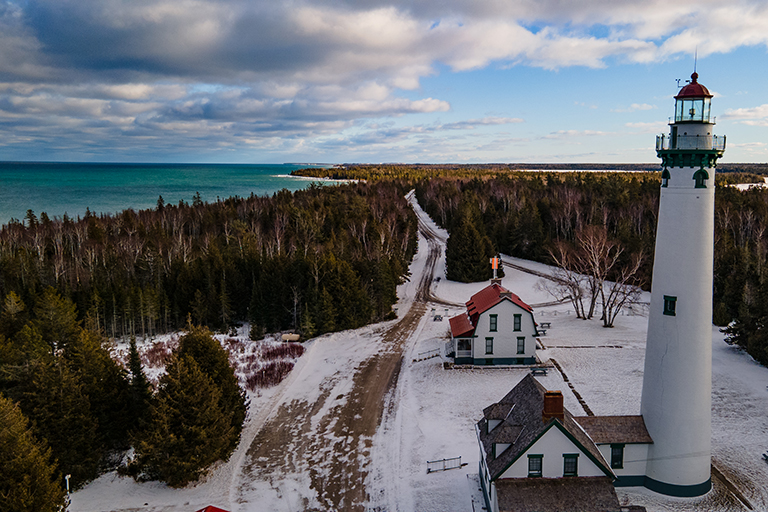The Problem
Rain-on-snow events occur when rainfall melts existing snow on the ground, sending a sudden pulse of cold water through the watershed. While this naturally-occurring phenomenon contributes to the health of ecosystems in the Great Lakes region, climate change may affect the frequency of these events.
Improved understanding of rain-on-snow impacts is vital to better protect waterways, aquatic species, and surrounding communities.



